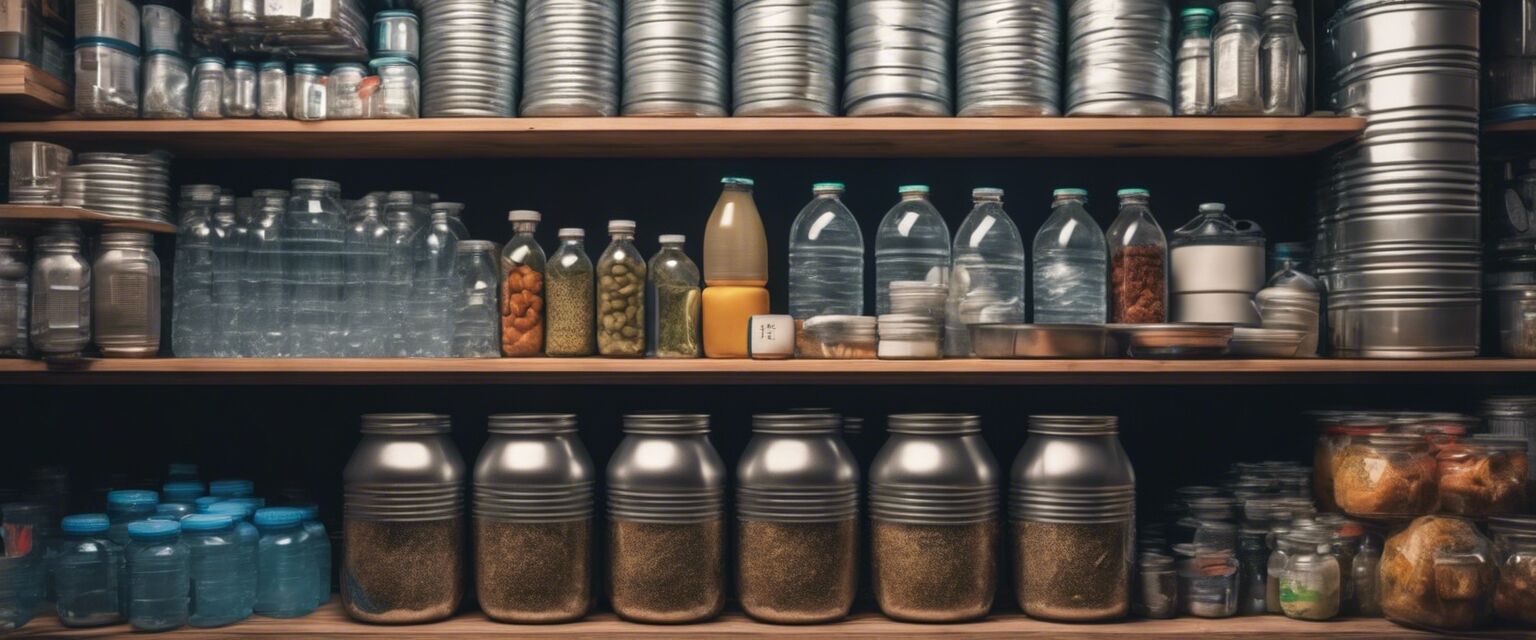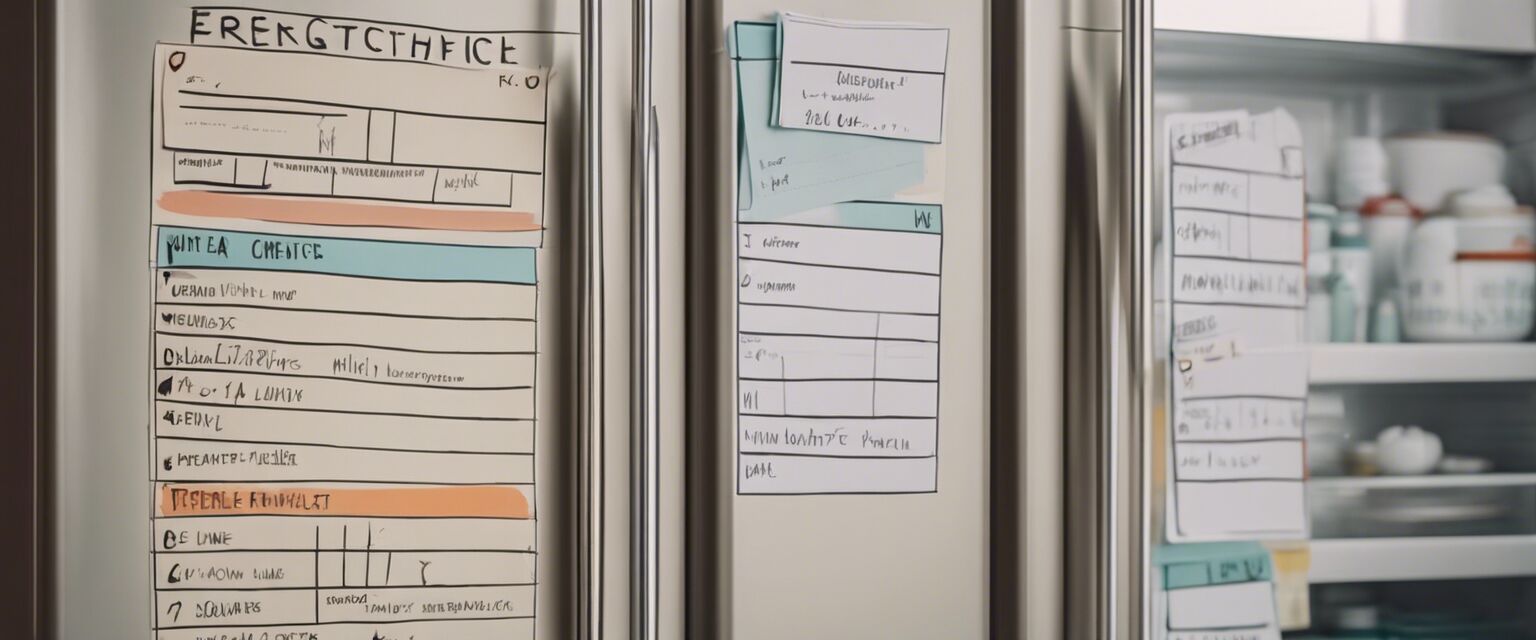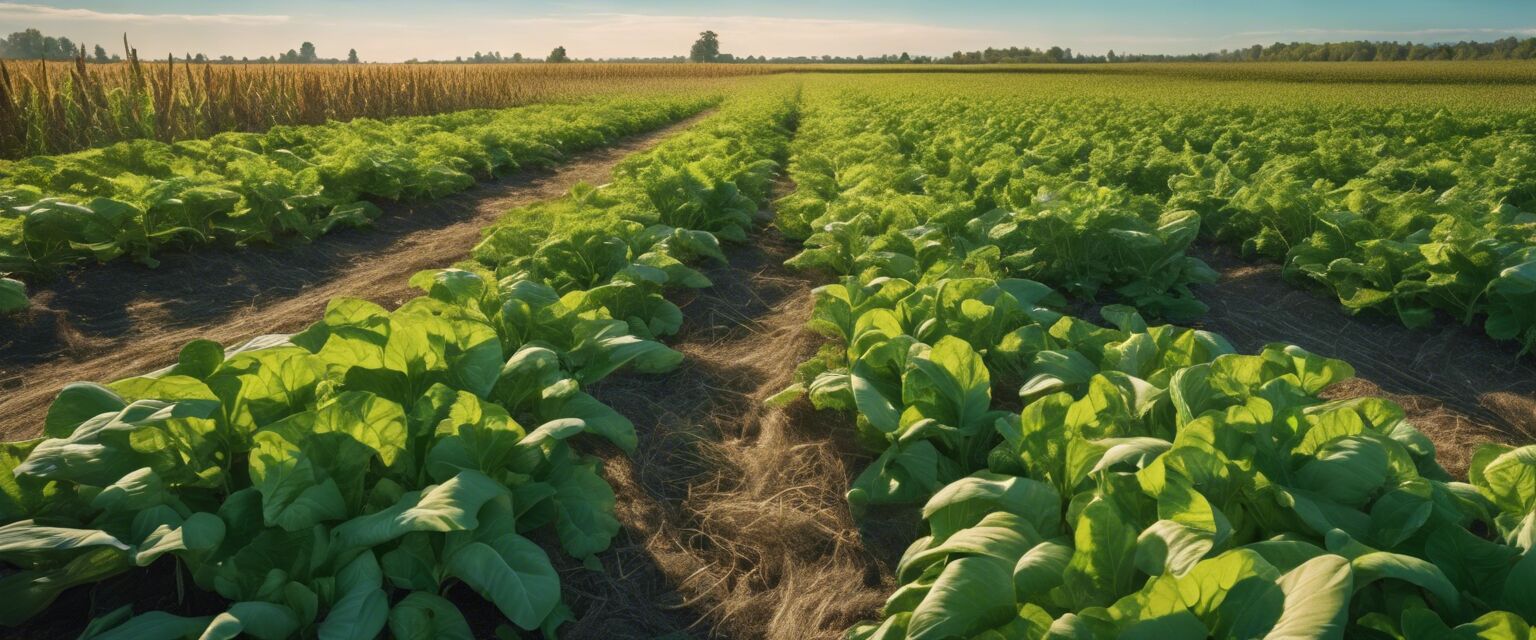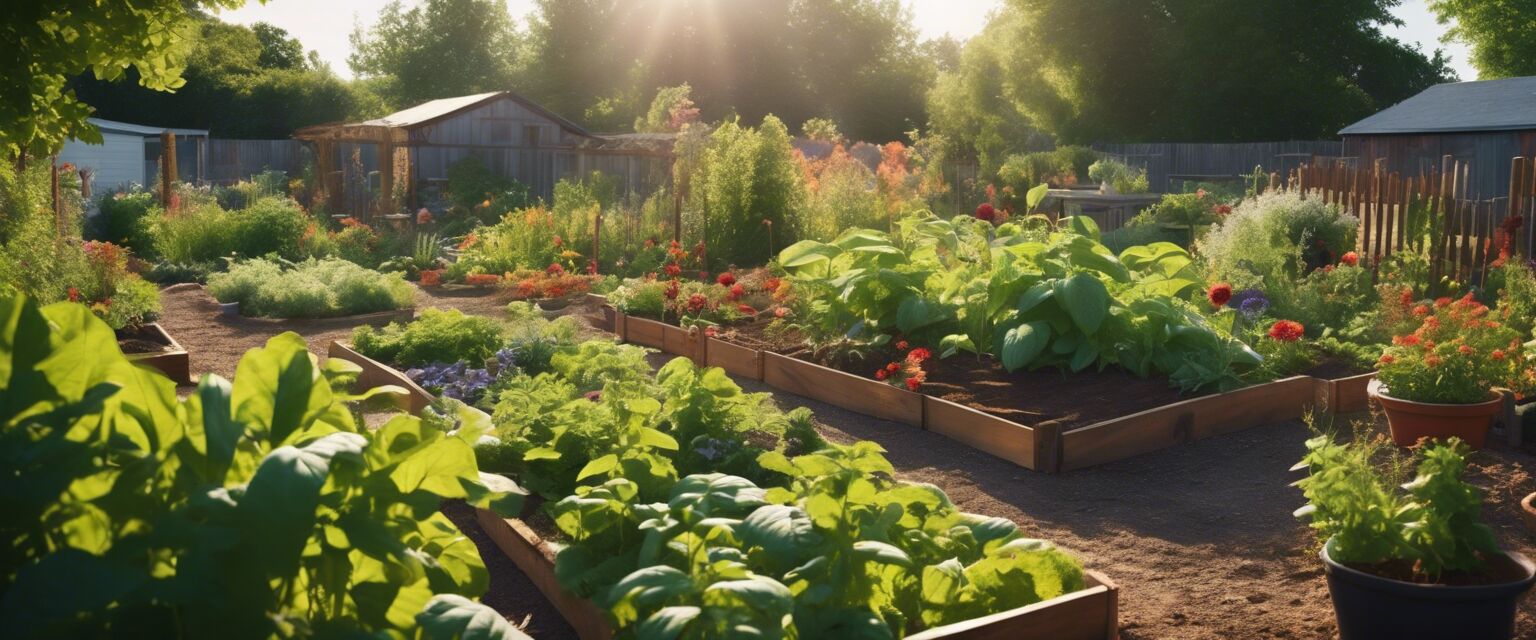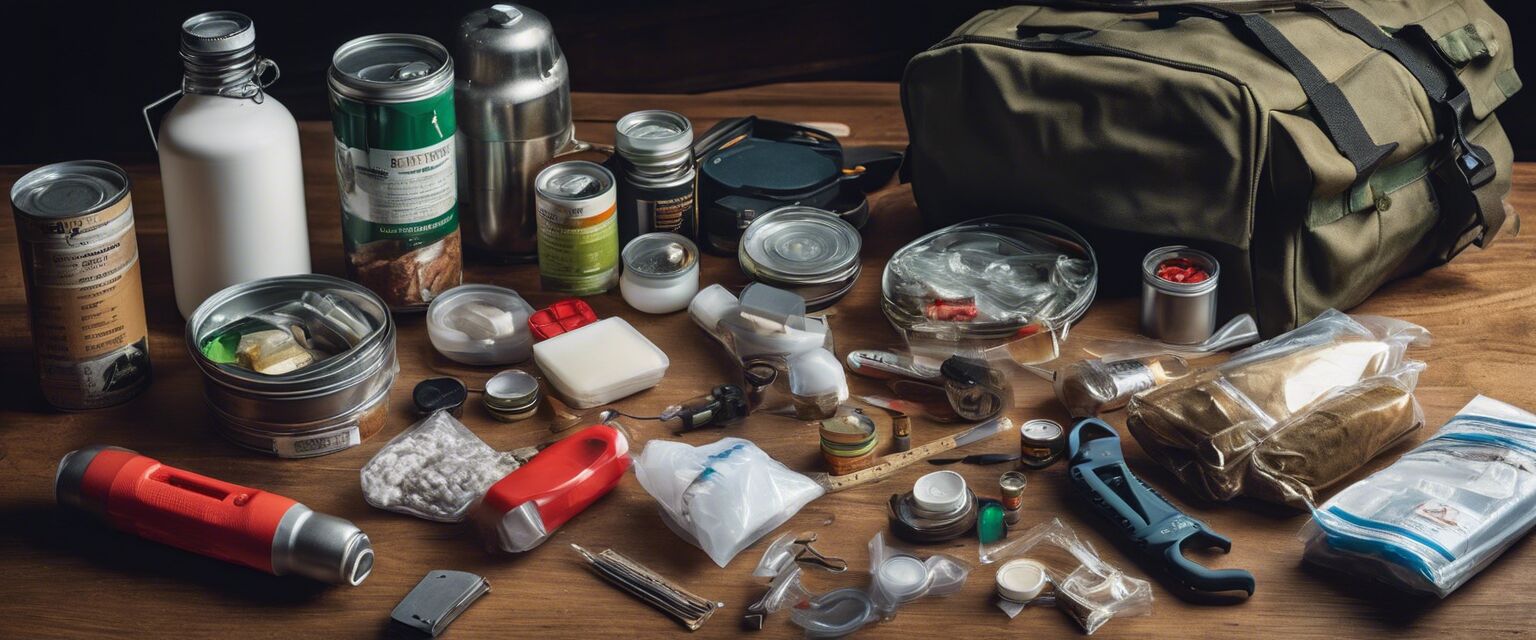
Emergency Preparedness
Key Takeaways
- Having a comprehensive emergency plan is crucial for safety.
- Stocking essential supplies ensures you are ready for various emergencies.
- Training and drills enhance preparedness and response time.
- Stay informed about the types of emergencies that can occur in your area.
- Regularly review and update your preparedness plans and supplies.
Emergency preparedness is essential for ensuring safety during unexpected events. This comprehensive guide will explore how to effectively prepare for and handle emergencies and natural disasters. By understanding key elements of preparedness, including planning, supplies, and training, you can safeguard yourself and your loved ones.
Understanding Emergencies
Emergencies can occur in various forms, including natural disasters, health crises, and technological hazards. Knowing the types of emergencies that can impact your area is a crucial first step in preparedness. Here are some common emergencies to consider:
- Earthquakes
- Floods
- Fires
- Severe Weather (hurricanes, tornadoes)
- Pandemics
- Cyberattacks
Creating an Emergency Plan
A well-thought-out emergency plan is vital for navigating unexpected situations. Below are steps for creating an efficient emergency plan:
- Assess risks: Identify potential emergencies specific to your area.
- Establish a family communication plan: Determine how family members will contact each other.
- Select meeting points: Have predetermined locations for family members to meet if separated.
- Assign roles: Designate responsibilities for family members during an emergency.
- Review and practice: Regularly conduct drills to ensure everyone knows the plan.
Essential Supplies for Emergencies
Stocking emergency supplies is a critical component of preparedness. Below is a table detailing essential items to include in your emergency kit:
| Item | Description | Quantity |
|---|---|---|
| First Aid Kit | A comprehensive kit for treating injuries. | 1 |
| Water | One gallon per person per day, for at least three days. | 3 gallons |
| Non-perishable Food | Food items that require no refrigeration and are easy to store. | 3-day supply |
| Flashlight | A reliable flashlight with spare batteries. | 1 |
| Multi-tool | Handy tools for various needs during an emergency. | 1 |
| Emergency Blanket | Lightweight and compact, providing warmth. | 1 per person |
For more information on stocking your emergency supplies, visit our Emergency Kits page.
Training and Drills
Being prepared also involves training for emergencies. Here are key areas to focus on:
- Basic first aid and CPR training.
- Fire safety training, including how to use a fire extinguisher.
- Emergency communication protocols.
- Evacuation procedures specific to your home and community.
Staying Informed
Knowledge is power. Stay updated with local news and alerts. Here are tips on how to keep informed:
- Sign up for local emergency alerts.
- Use a weather radio to get timely updates.
- Follow local emergency management agencies on social media.
- Attend community preparedness events and workshops.
Post-Emergency Recovery
After an emergency, assess the situation and plan your recovery. Important steps to consider:
- Account for all family members: Ensure everyone is safe.
- Check for damages: Evaluate the condition of home and belongings.
- Access resources: Utilize community and government resources for recovery help.
- Review your emergency plan: Analyze what worked and what didn't for improvement.
Conclusion
Emergency preparedness is not just a practice; it's a mindset that can save lives. By taking the time to formulate a clear plan, stock essential supplies, and remain informed, you empower yourself and your loved ones to handle emergencies efficiently.
Pros
- Enhanced safety for you and your family.
- Increased confidence during unexpected situations.
- Access to essential resources when they are needed the most.
- Better community resilience in the face of disasters.
Cons
- Time-consuming to prepare effectively.
- Financial costs associated with acquiring supplies.
- Some supplies may have limited shelf life.
Additional Resources
For more detailed information on different aspects of emergency preparedness, check our resources on:
- Water Filtration Solutions
- Canning Supplies
- DIY Shelter Materials
- Gardening Tools
- Solar Energy Systems
Visual Guide to Emergency Preparedness
